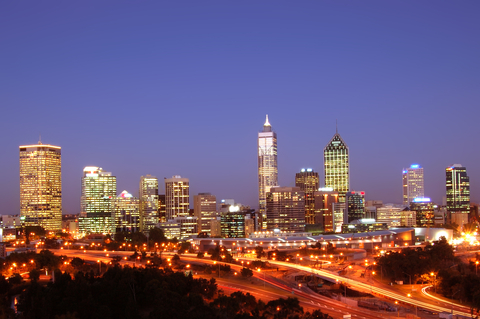
09 Jul, 2015
With more people seeking a building technique that is fast, efficient, durable and low-cost, Precast Concrete construction is meeting these requirements. The need for intensive labour and expensively sourced materials, combined with a lengthy building time frame has caused many projects using traditional construction methods to spiral over budget.
Precast concrete construction reigns in these high costs and lengthy construction time-frames, offering a more sustainable method of construction suited to modern building requirements.

According to the National Precast Concrete Association Australia, sustainability in terms of construction is best defined as development that meets the needs of the present without compromising the ability of future generations to meet their own needs.
Precast concrete can offer some surprising benefits to the construction process in terms of sustainability.
Precast concrete construction uses materials which are often easily and locally sourced. This not only results in reduced expenses for the individual, but also reduces the environmental impact of sourcing material from overseas.
Precast concrete panels are formed using a highly efficient method. Concrete is poured into moulds, which are then lifted into place to form the exterior walls of the building. This method eliminates the need for a lengthy construction process that drags out beyond the due date.
The Tilt-Up construction method is a highly speedy precast construction method, as the panels are poured on-site and tilted into place.
Tilt-Up reduces the environmental impact of construction as there is less disruption to the surrounding neighbourhood, a reduction in equipment and time spent on-site, and a reduction in waste materials.
Precast panels when properly insulated offer thermal mass benefits.
As reduced environmental impact is becoming increasingly important, concrete holds significant benefits as a building material.
Precast concrete is an inert substance, which means that it does not give off any emissions. The concrete is also resistant to moulds, which could present significant health threats to building occupants.
Precast concrete can also utilise recycled materials: greywater or runoff can be used in the construction process, recycled steel can be utilised for structural supports and when the concrete is no longer needed it can be crushed and reused for other applications.
Precast concrete slabs are solid, strong and durable. Concrete utilised in the precast concrete method can last for over 100 years. This means that precast concrete buildings are extremely long lasting, and do not require expensive upkeep.
A precast building’s long lifespan means that it can be reused, extended or refitted rather than being quickly demolished.
Concrete is also extremely fire resistant, and does not require additional fire-proofing. This makes it a very beneficial building choice in areas with high fire risk.
If you are interested in discussing how precast concrete construction may be used for your building project, please call Adam and the team at RapidTilt on 08 9248 5272. The team at RapidTilt are specialist in the Tilt-Up construction technique, and pride themselves on delivering the highest quality builds using a process that is both fast and cost effective.